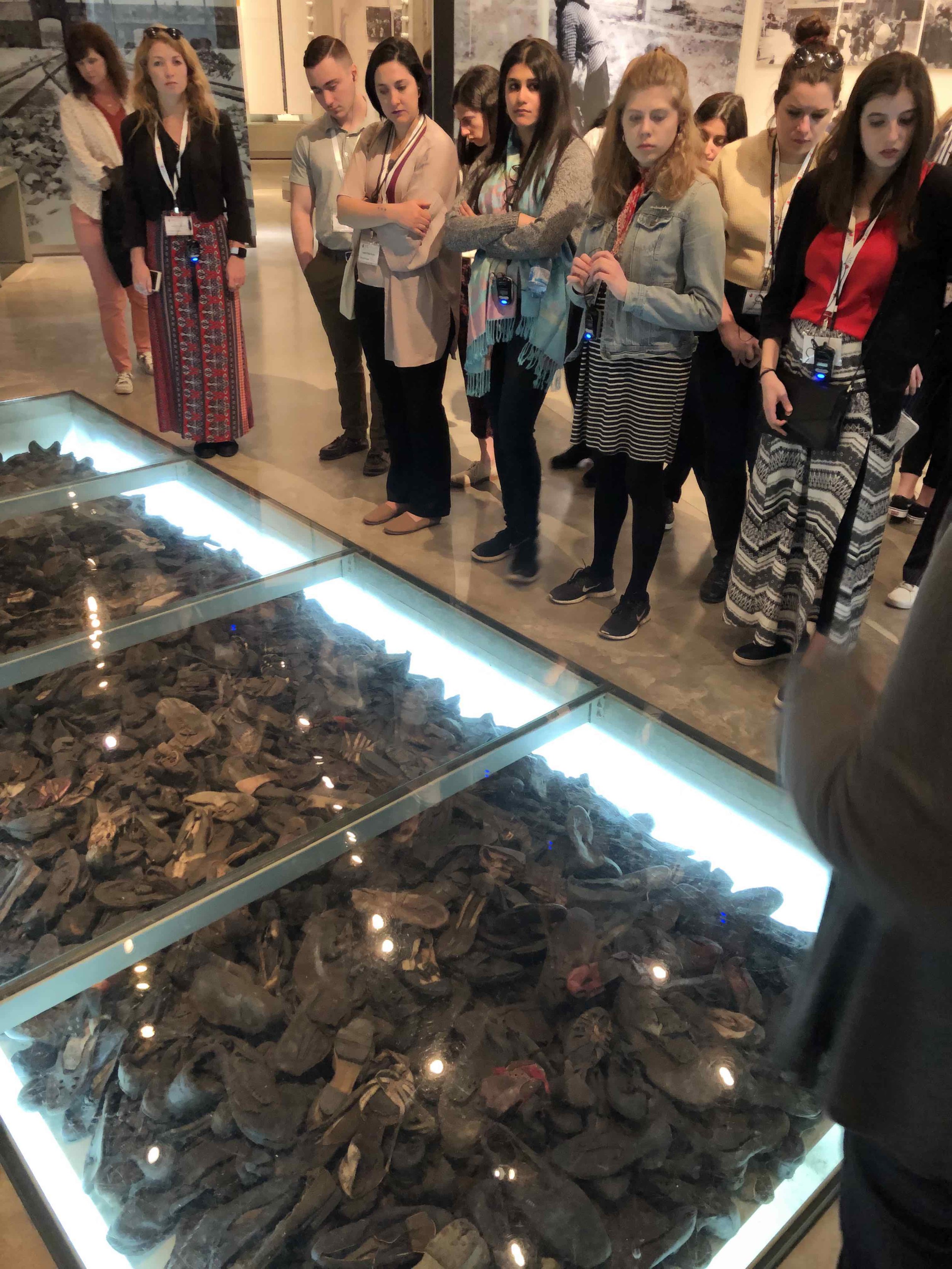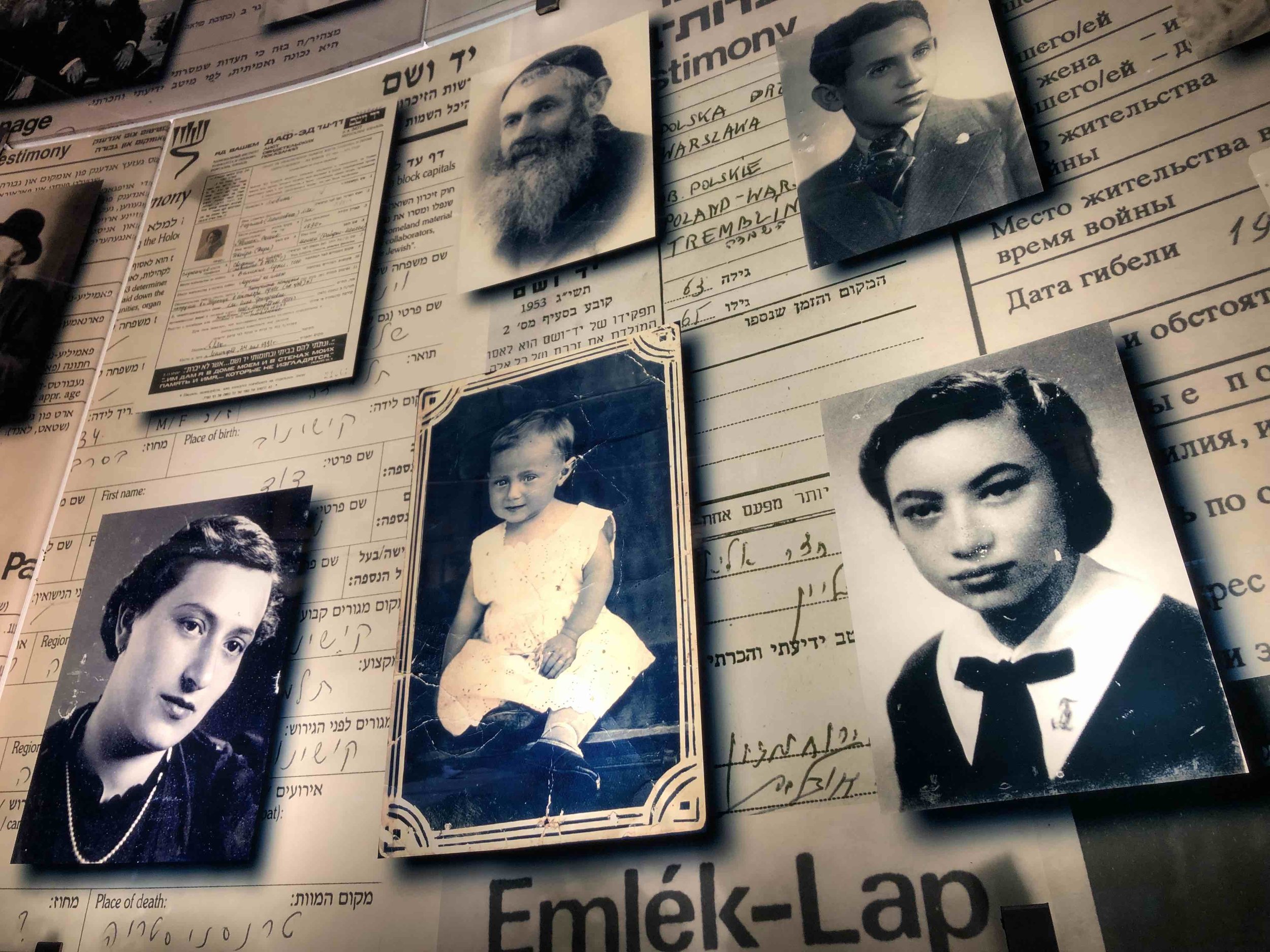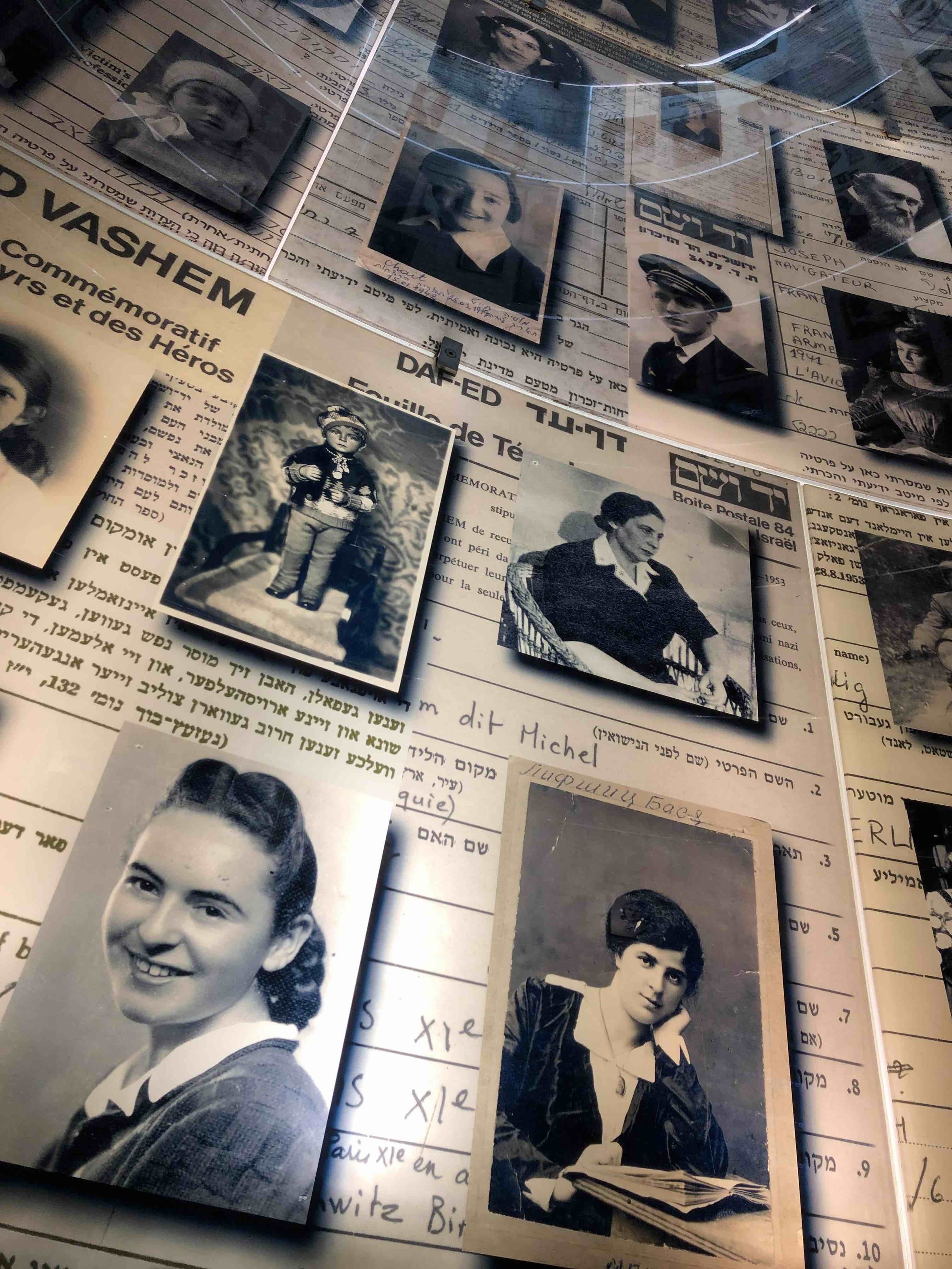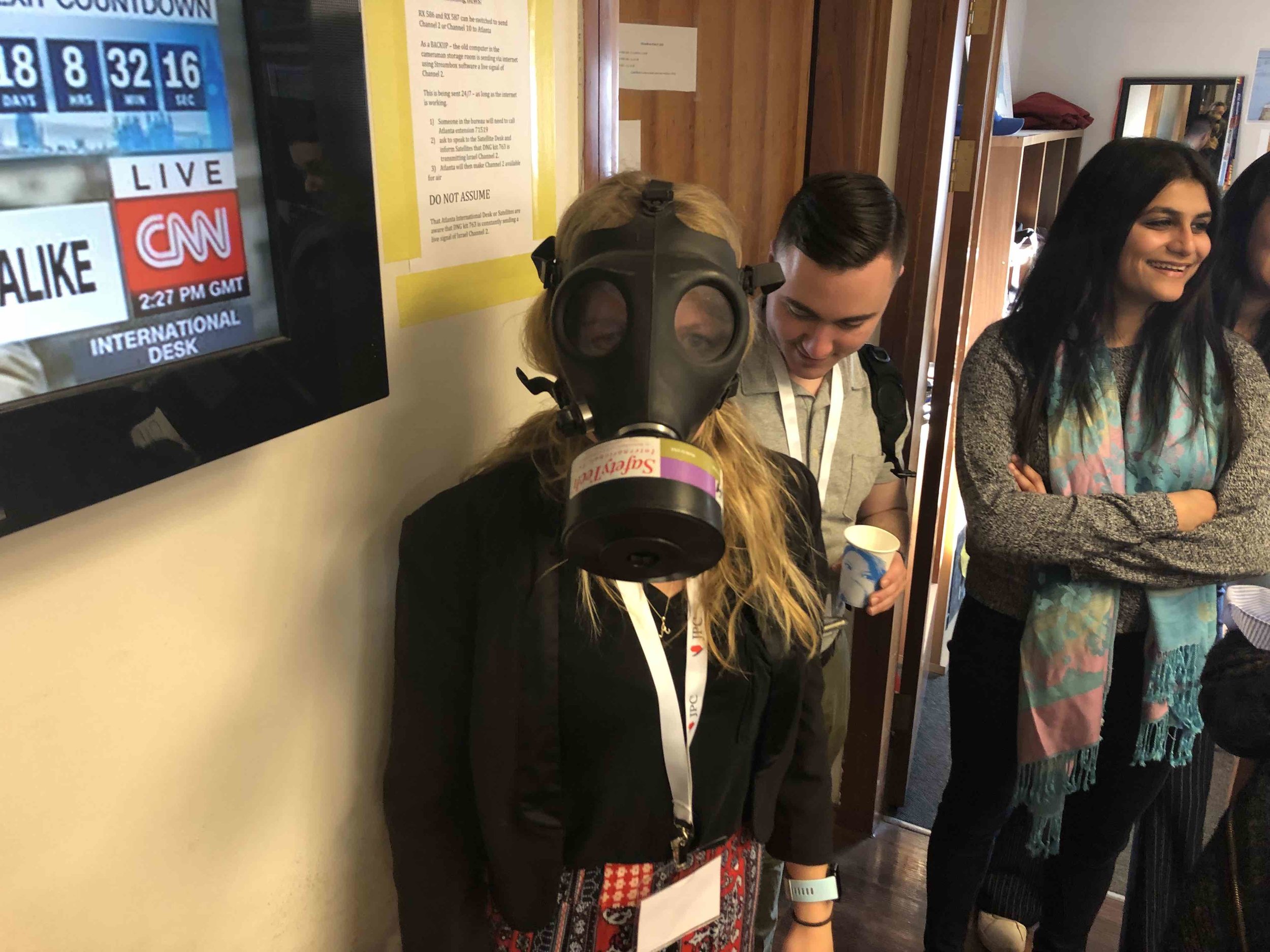Day 4 - Jerusalem
Three interesting and different perspectives on what it’s like to live in Jerusalem and Israel today.
First, Tzippy Yarom explained the life of the Haredi community in Israel. The ultra-orthodox groups pay strict attention to and precisely follow the teachings of the Torah. These ultra-traditional traditions include:
Orthodox Jewish man on a bike in Jerusalem.
not marrying non-Jews
not touching a member of the opposite sex who’s not your spouse
married women covering their hair
men dedicating their lives to studying the Torah instead of working outside the home
women working outside the home to support the family
getting exemptions from compulsory military service
men wearing black and white
Newhouse students Gabrielle Caracciolo, Sunny Tsai and Tyler Lowell interview Tzippy Yarom.
“Nobody should think about the other gender outside of the family. It’s not a rule, it’s just something you do.”
Yarom said the orthodox community takes great comfort in following the ancient rules of the Torah. As our tour guide explained it yesterday, religions such as Christianity are built on faith, there’s not a whole lot of practice that happens every day. But Judaism is all about the practice, and it’s on display, all day, every day, in the orthodox neighborhoods.
Yad Vashem means “a monument and a name.” And that’s what the holocaust museum in Jerusalem is - a monument to the names of the victims. The goal is not only to tell visitors about what happened, but also to whom it happened. Our tour guide, Liz Elsby, did a great job explaining how such an atrocity doesn’t happen all at once; there are incremental steps.
Students absorb the display of shoes collected from Holocaust victims.
“In the darkness, there were spots of light.”
Elsby also reminded us there were some people who risked everything to help. She called them “spots of light.” Each tree represents one of those people who decided not to stand by while people were exterminated because of their religion. A plaque marks each one.
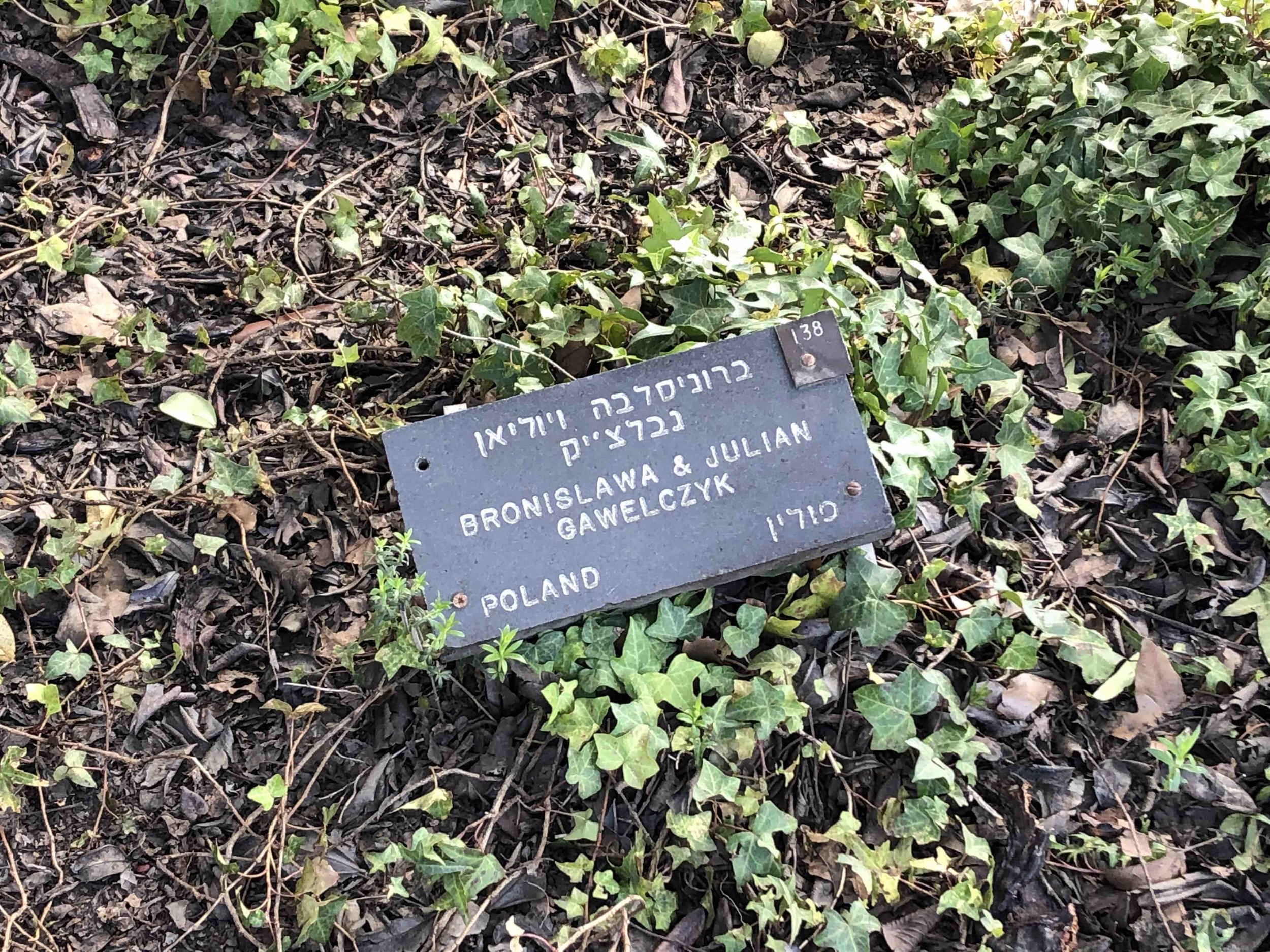
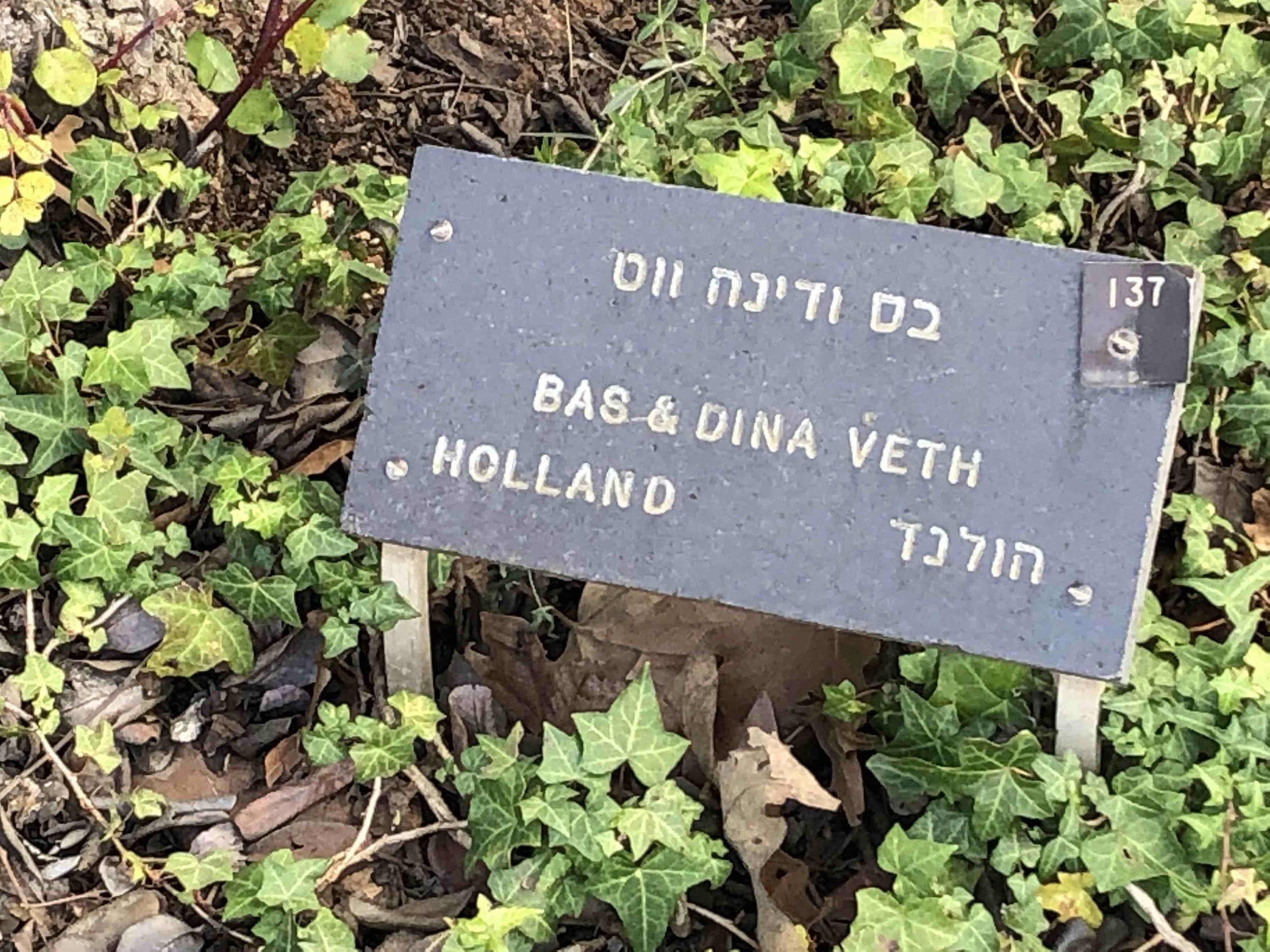
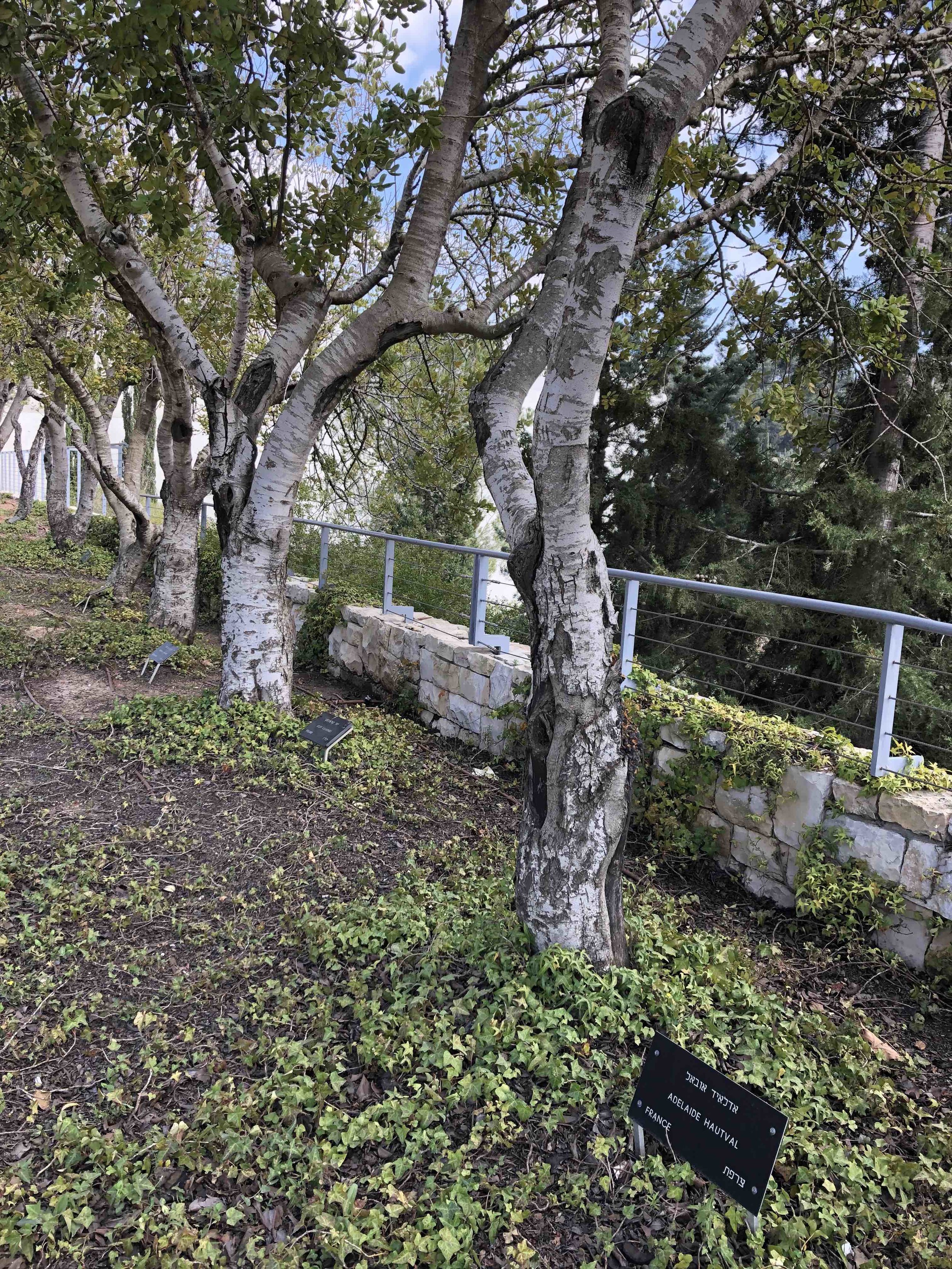

The most hopeful moment in the museum is at the end. Hope doesn’t come in large quantities when you consider there were about nine million Jews in Europe before the Holocaust and some 1.5 million today. But the purpose of the place is to ensure all the people who died aren’t just remembered for that. They had families and jobs and dreams. Their photos help visitors visualize that.
We spent the afternoon exploiting the Newhouse Mafia, which is a real thing. Before we left Syracuse, I emailed Newhouse Master’s Broadcast and Digital Journalism grad Oren Liebermann, and he jumped at the chance to show the students around the CNN studios in Jerusalem where he’s a correspondent. He told students what it’s like to report from a conflict zone.
Newhouse Broadcast and Digital Journalism master’s student Ashtyn Hiron.
Newhouse BDJ Master’s grad Oren Liebermann shows students the gear he uses as Jerusalem CNN correspondent.
It’s possible to report with the gas mask on. The helmet is really heavy.
Our food installment of the day - lunch at a Kurdish restaurant that serves shamburak. Good? Judge the reactions for yourself.





